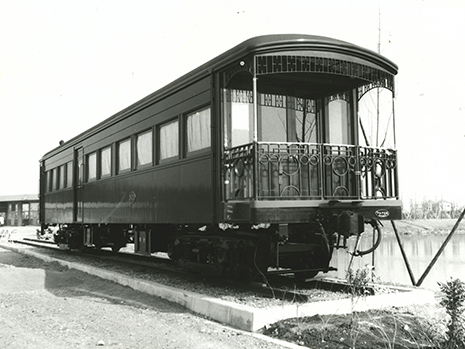
The chef serves the food
“Running VIP room” with waitstaff on board
Photo provided by: Tobu Museum (Photo by Junji Oka)
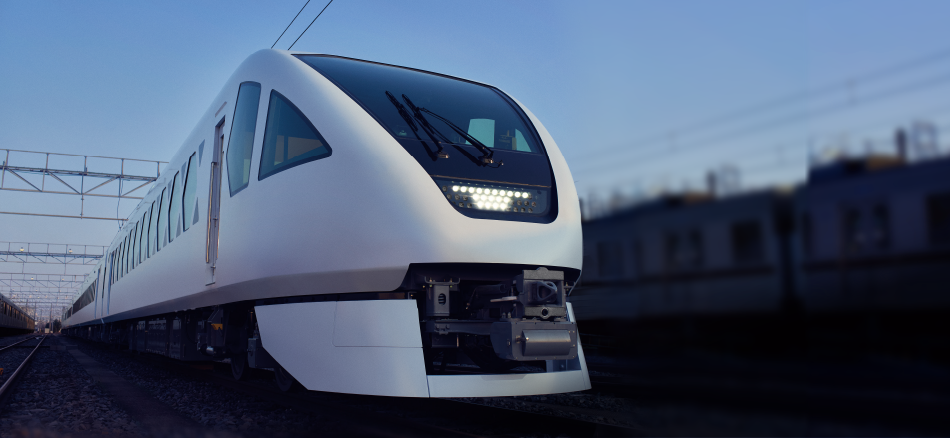
Asakusa~The Nikko/Kinugawa area has been loved by people since the Edo period.
The Tobu-nikko line serves as a link between these historic areas and Tokyo. Here we take a look back at the railcars that ran on the line.
The direction of the line is "diverse," from luxurious, speed-oriented trains to those with state-of-the-art equipment.
All of them are filled with the desire to "let people enjoy their trip to Nikko,
This is also carried over to SPACIA X.


Photo provided by: Tobu Museum (Photo by Junji Oka)
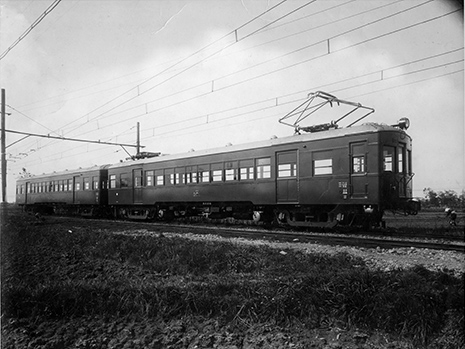

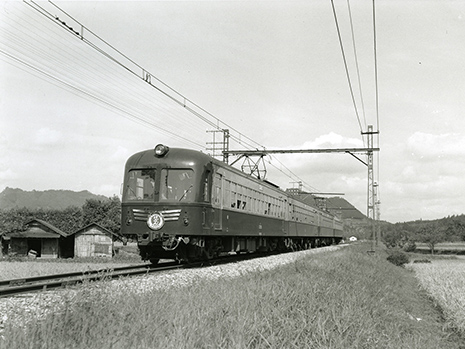

Photo provided by: Tobu Museum (Photo by Junji Oka)
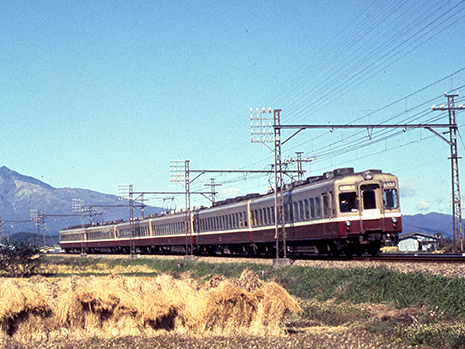

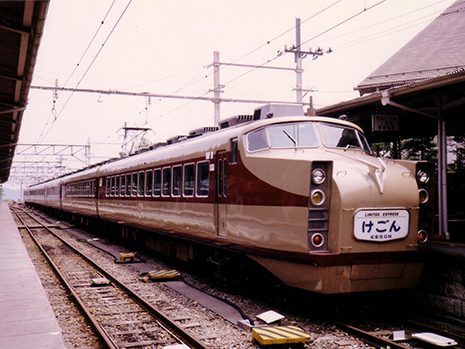


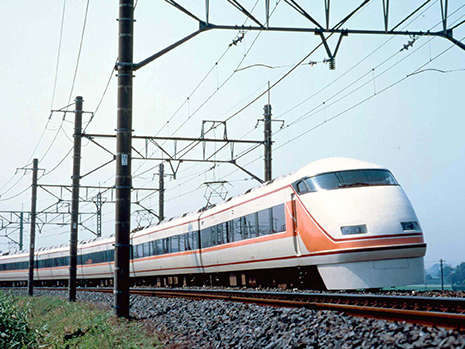

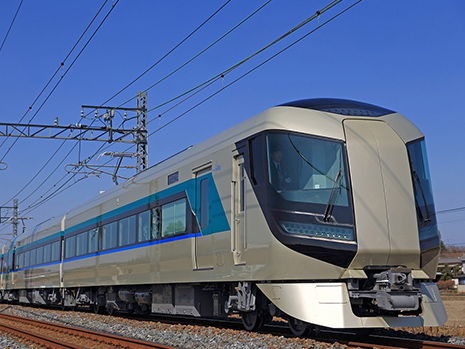


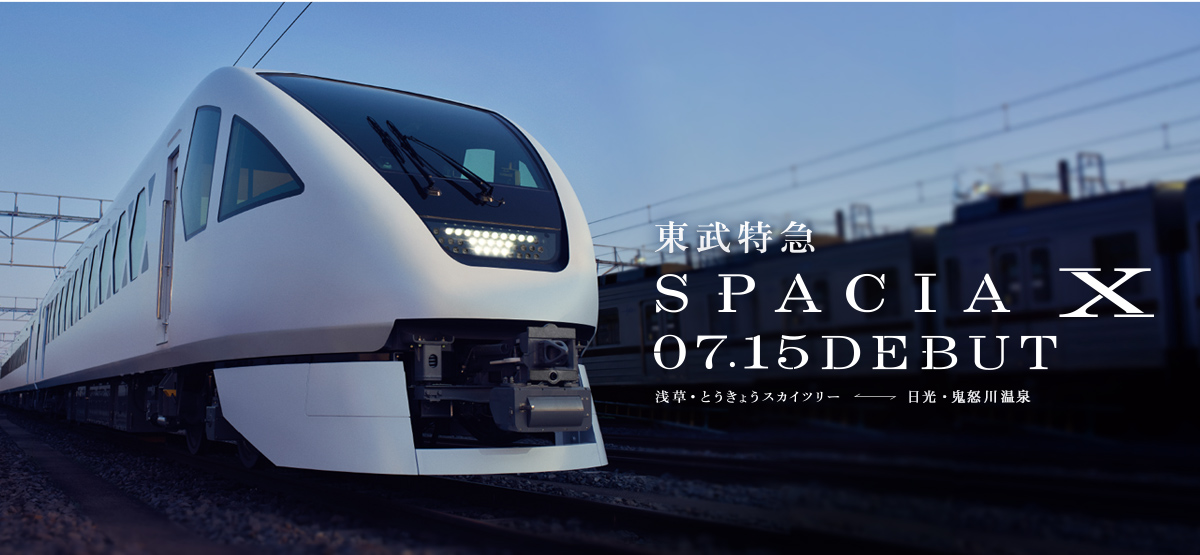
Design elements that have been refined over history have been designed to stand out in today's times.
Create an extraordinary space with the exterior and interior.
It will further enhance the exhilaration of your trip to the Nikko/Kinugawa area.